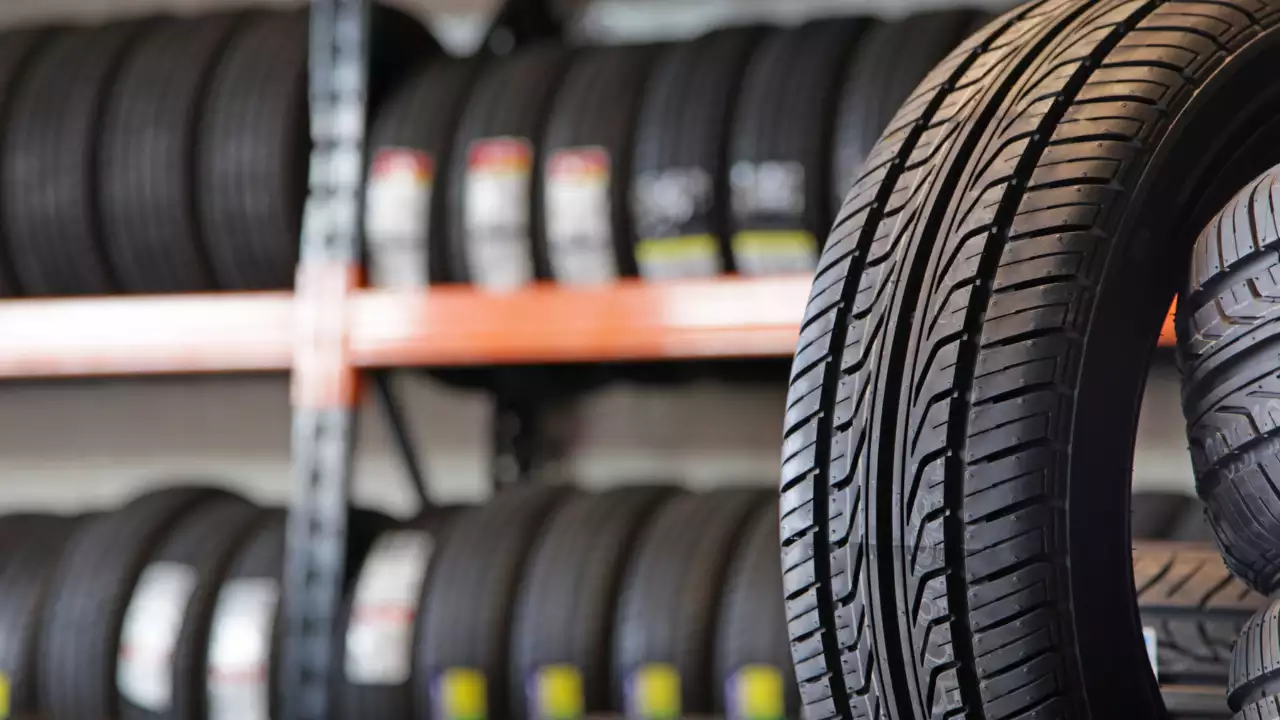
How to Choose the Right Tires for Your Vehicle
How you use your car, what kind of driving you do and even where you drive affects which tires are the best for you. Choosing the wrong tires can cause poor handling, noise and fuel economy.
The most important factor in choosing the right tires is assessing your worst driving conditions. This will help you decide whether to select all-season, summer or winter tires.
Type of Driving
Choosing the right tires will have a huge impact on your vehicle’s performance, handling and safety over thousands of miles. When purchasing tires, it is important to consider the type of driving you will be doing most often. If your primary use of the vehicle is for commuting, look for tires that have been specifically designed to last long and increase fuel efficiency.
If you are driving in snowy climates, consider switching to winter tires that have been rated for severe weather conditions. This will give your car significantly improved traction.
You will also want to ensure that the tire size selected is in accordance with the manufacturer’s recommendation for your vehicle. If not, your vehicle may be handling and responding differently than it should. This can be dangerous. Always refer to your owner’s manual and a tire specialist for proper size selection. You should also pay attention to the load index and speed rating on the tire sidewall.
Weather Conditions
The type of driving you do and the weather conditions in your area will also impact the kind of tires that are ideal for your vehicle. For example, if you live in an area with hotter climates, you might want to consider getting tires that are rated A or B for heat resistance, so they can cope with the temperatures and surface types that you will encounter.
If you live in an area with harsher winter weather, however, it’s a good idea to invest in a set of dedicated winter tires or all-season ones with the three-peak mountain snowflake (M+S) rating to tackle the snow and ice that will be prevalent in your region. Choosing the right tires will mean you get optimal performance and handling for all conditions. Make sure your tires are properly inflated and rotated regularly to ensure even wear. Also, be sure to monitor the tread depth to ensure your tires will last as long as possible.
Your Driving Style
It’s important to know how and why you use your vehicle. If you drive for work to the office and back every day, your tires will need to be capable of handling commuter traffic, city driving, and long trips on the highway. You’ll also want to choose a tire type that offers your driving style the best ride comfort, handling, and performance.
If you live in a northern area and frequently drive your car in snow, consider choosing dedicated winter tires. Winter tires are designed to handle cold temperatures, provide great traction in the snow and ice and manage light winter roads.
Check your vehicle’s manufacturer specifications to find out what size and speed rating is recommended for replacement tires. You’ll usually find this information on a sticker in your driver’s doorjamb or in the vehicle owner’s manual. You’ll also need to make sure that the tires you select are compatible with the weight of your car and have a corresponding load index and speed rating.
Your Budget
The tires on your car are the only thing that connect you with the road, so selecting the right ones is essential. It’s important to consider your driving style, where you live and the worst weather conditions that you regularly drive in when choosing a new set of tires for your vehicle.
All-season tires are the standard on many cars and provide a great balance of fuel efficiency, quietness, smoothness and traction. However, if you often drive in drier climates where traction isn’t a big concern, summer or performance tires may be more suitable for you.
When replacing your tires, it’s recommended to select a set that matches the original specifications of your car. This will ensure that your tires deliver the precise level of handling, grip and ride comfort that the manufacturer intended. In most cases, this will require you to select a tire that has the same size, load index and speed rating as your existing tires.



Average Rating